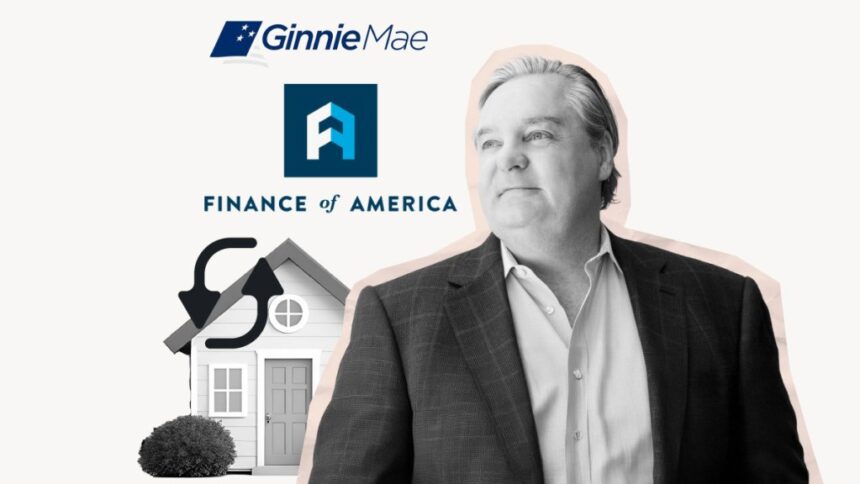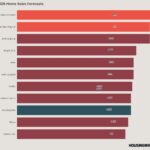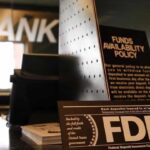
While there have not been any official, substantive updates on the rollout of a widely anticipated reverse mortgage securities program, an industry executive recently shared insights on what could be happening with it.
Last year, under the leadership of then-acting president Sam Valverde, Ginnie Mae announced and pursued the development of a new, complementary Home Equity Conversion Mortgage (HECM)-backed Securities (HMBS) program. Dubbed “HMBS 2.0,” it is designed to bolster liquidity in the secondary reverse mortgage market, including through a reduction in the HMBS pool size to 95% of a loan’s total unpaid principal balance (UPB).
In one of his final major initiatives before departing the government-owned company, Valverde oversaw last summer’s publication of an initial term sheet for HMBS 2.0. The company took industry feedback into account before the publication of a final term sheet in November.
But following the results of the 2024 presidential election and the transition to a second Trump administration, the government-owned company has been largely silent about any further developments on HMBS 2.0, let alone an implementation timeline.
But signs of life are stirring. During the company’s fourth-quarter and full-year 2024 earnings call earlier this month, an analyst asked leaders at Finance of America (FOA) if there was anything they could share about the potential progress of HMBS 2.0.
“The latest update I have for you on that is that Ginnie continued to make progress on the operational side relative to the implementation of HMBS 2.0,” FOA CEO Graham Fleming said during the call. “They haven’t yet communicated an effective date, although, based upon our last conversation with them, as soon as they have the appointees in place, they do expect this to move forward.”
Following Valverde’s exit from the company in November, Gregory Keith was appointed to serve as Ginnie Mae’s acting president. The full-time position of Ginnie Mae president is one that requires a presidential nomination and confirmation by the Senate. And the White House has yet to float a nominee for the role.
Fleming, however, said that progress appears to be happening based on conversations between the companies.
“At this point, they don’t have an effective date, although I do know that they continue to make progress and work on the program,” he said. “I think the last piece that is [outstanding] is just when it’ll go live. That’s the latest update that we have.”
Sources who have spoken to HousingWire‘s Reverse Mortgage Daily (RMD) previously indicated that Ginnie Mae was being impacted by cuts at the direction of the U.S. DOGE Service, the government cost-cutting effort inside the White House led by billionaire Elon Musk.
Last month, a former Ginnie Mae official suggested that such cuts could hamper the rollout plans for HMBS 2.0. Another source familiar with plans at the U.S. Department of Housing and Urban Development (HUD) disputed these reports, saying that suggestions of “drastic staffing cuts” at Ginnie Mae were false.
Other former officials — including Ted Tozer, Ginnie Mae’s president during the Obama administration — suggested that Ginnie Mae was already facing staffing shortages due to a wave of previous and impending retirements. Tozer described Ginnie Mae as consistently underresourced.
Analysts at New View Advisors — who measure reverse mortgage performance data, including HMBS issuance, through public and private sources — have previously described the importance of HMBS 2.0’s timely implementation.
New View partner Michael McCully characterized the early 2025 HMBS issuance market as generally healthy but added that “HMBS 2.0 could almost double current issuance levels” upon implementation.
Another partner at New View, Joe Kelly, later told RMD that the current liquidity environment is sufficient if the program is not implemented by Ginnie Mae — with a caveat.
“But beyond [2025] that remains to be seen,” he said earlier this month. “HMBS 2.0 is very important, especially given the potential changes at HUD/FHA.”







